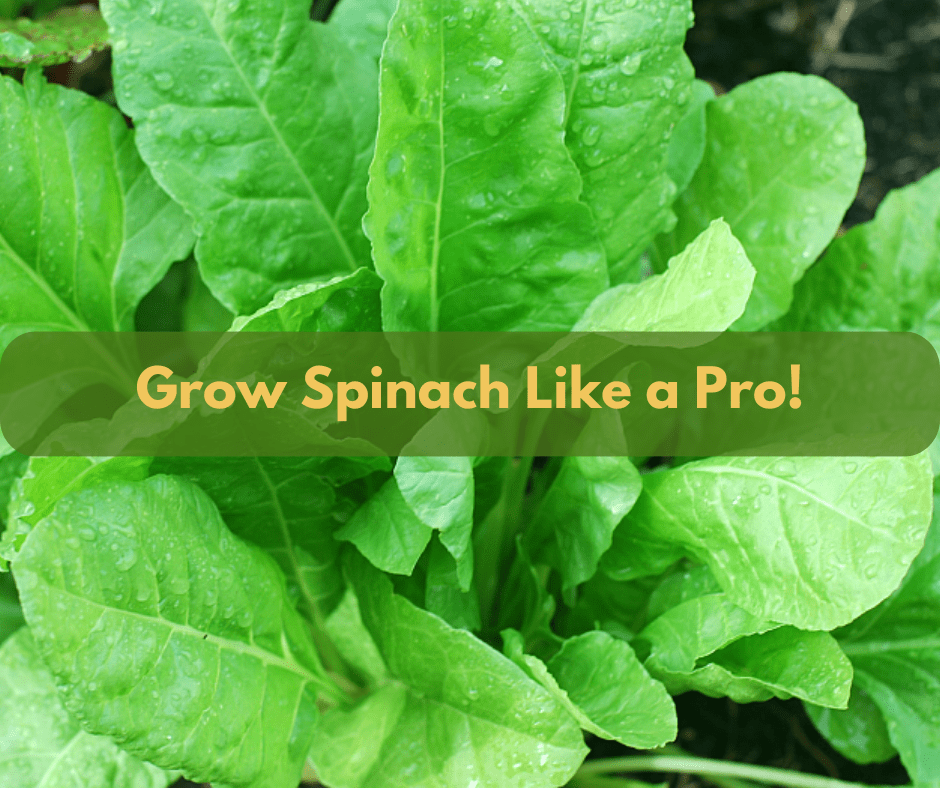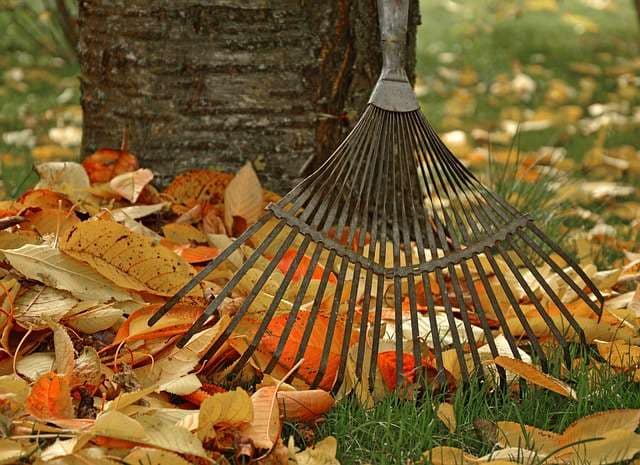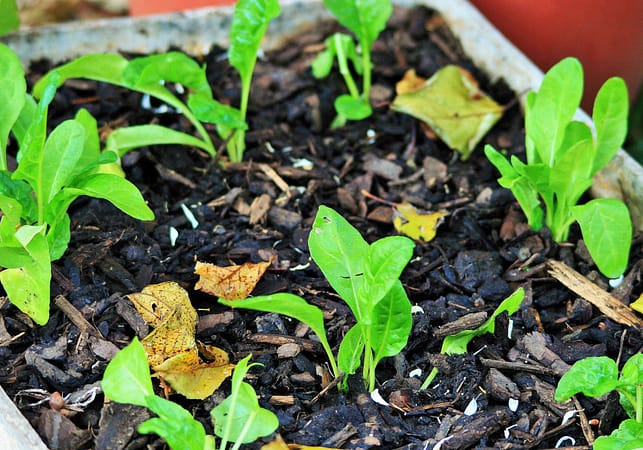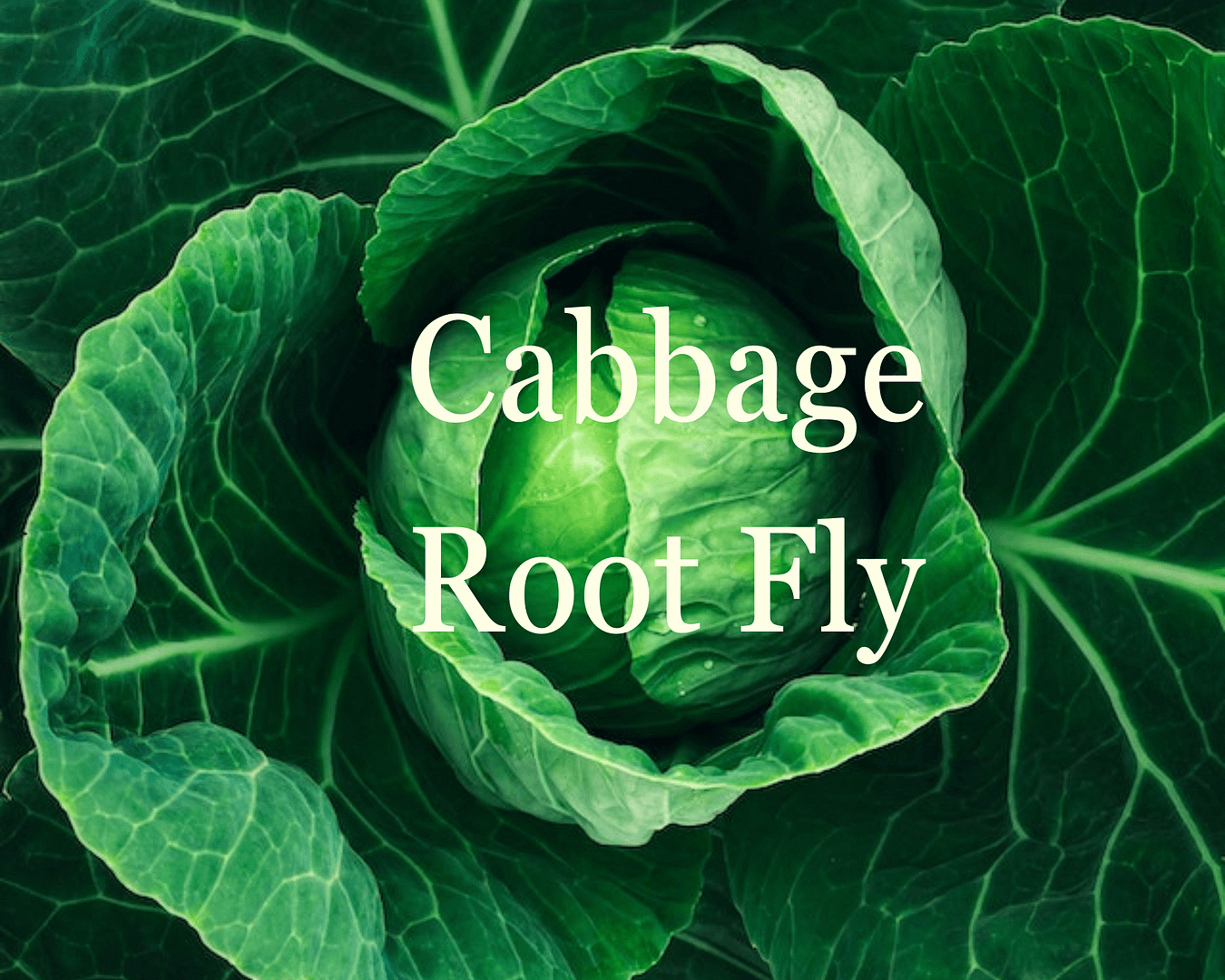This post may contain affiliate links. As an Amazon Associate we earn from qualifying purchases.
Learn how to grow spinach in this easy-to-follow guide
Folks of a certain age can’t help but think of Popeye when thinking about planting spinach (Spinacia oleracea).
The funny-talking but über-strong “sailor man” is said to have boosted America’s consumption of spinach “… by a third,” according to Maria Popova with TheMarginalian.org.
The stuff is good for us, just as Popeye claimed.
Spinach thrives in the cooler temperatures of early spring and fall. It grows quickly and, if planted every three weeks, you’ll be swimming in spinach!
Quick facts about spinach
- Spinach found its way to the United States in the early 1800s (aghires.com)
- Spinach is cold-hardy and, once established, will tolerate temperatures in the low 20-degree Fahrenheit range. The plant does best, however, when temperatures are between 35 and 75 degrees (F).
- The top-producing spinach states are California, Arizona, New Jersey and Texas (AgHires.com)
- “The trick to growing spinach is to grow it fast and harvest it fast, and use the right varieties in the right season,” suggests the experts at WestCoastSeeds.com.
- Get that spinach from the garden to the table a.s.a.p. “Although refrigeration slows the deterioration, half of the major nutrients [in spinach] are lost by the eighth day after harvest (mobile-cuisine.com)
When to plant spinach
Spinach can be planted in early spring as well as fall. If you choose to grow spinach in spring, you’ll want to get it into the soil four to six weeks before the last spring frost.
In the fall, spinach needs to get into the garden six to eight weeks before fall’s first frost.
Where to grow spinach
Choose a spot in the garden that gets full sun in which to grow spinach. Don’t worry if that’s not possible, though because the plants tolerate partial shade.
In case you’re wondering, partial shade is an area of the garden that lies in “… half sun and half shade where there is some direct sun but possibly for less than half the hours of daylight,” according to the experts at the Royal Horticultural Society.
Get the soil ready and plant your spinach
Loosen the soil to a depth of at least 6 inches, but 12 is ideal. Add about 3 inches of compost or well-rotted chicken manure to the soil and use a spading fork to mix it into the native soil.
Check the soil’s pH. It should measure 6.5 to 7.0 for a robust spinach crop.
Space spinach starter plants 12 inches apart and plant seeds 3 to 6 inches apart, ½ inch deep. Water well after planting and keep the soil consistently moist.
Ongoing care of your spinach plants
Two to three weeks after planting, side-dress the spinach plants with a high-nitrogen organic fertilizer, such as Alaska Fish Fertilizer.
If you’re new to gardening, side-dressing involves digging a shallow trench about six inches from the row of spinach plants. Into this, sprinkle the fertilizer, cover and water well.
If you’re only growing a few plants, dig the trench in a circle around the plant, again keeping it six inches away from the base of the spinach plant.

Common pests and diseases of spinach plants
Problems with spinach leaves? Leaf feeders include:
Aphids
Most gardeners are familiar with aphids. What many new gardeners don’t realize is that aphids aren’t always green. In fact, they may be black, yellow, red or brown.
A strong blast of water from a hose will typically take care of an infestation if repeated over the course of several days.
Spinach leaf miners
The telltale signs of a spinach leaf miner infestation includes tan-colored trails and spots on the spinach plant’s leaves. The damage is caused by the larvae as they tunnel inside the leaves.
Spinosad, a “… natural substance made by a soil bacterium …” should take care of an infestation. We like the Monterey product.
Follow the instructions and reapply as per the product’s label.

Spinach flea beetles
Spinach flea beetles (Disonycha xanthomelas) leave ragged-edged BB-sized holes in the spinach leaves. Cultural controls are best if you’re growing organically. This includes covering your young crops with row covers or other types of material.
You might also consider planting radishes before you plant spinach. Place them near where you plan on growing the spinach to act as a trap crop.
“Adult flea beetles will be attracted to the tallest, earliest crops available. Once beetles are actively feeding on the trap crop, spray with a labeled pesticide,” suggests Marissa Schuh, et al, at the University of Minnesota Extension.
Spinach crown mites
If you notice damage in the heart of the spinach plant, suspect spinach crown mites. They’re tiny and very difficult to see. Thankfully, unless the plant isn’t growing as quickly as it should, it will outgrow the damage.
Common diseases of spinach plants

White rust (Albugo occidentalis)
The best way to avoid a white rust fungal infection on your spinach plants is to plant varieties that are resistant to the disease. Again, check out the Resources section at the end of this post.
Put enough space between spinach plants to allow for good air circulation and remove weeds nearby.
Then, remove infected leaves (they aren’t edible) and dispose of them. Avoid splashing soil on the plants when you water.
Downy mildew (Peronospora farinose)
This is one of the most common diseases of spinach. Also known as blue mold, the pathogen thrives in the same environment that spinach prefers: damp and cool.
Look for yellow spots on the spinach leaves. They’ll eventually turn brown. Turn the leaves over and check for a bluish color.
“Fungicides cannot cure spinach downy mildew, but preventive applications can curb the spread of the pathogen,” according to Angela Medeiros with the University of Massachusetts Extension.
The good news is that there are varieties that are resistant to downy mildew, including ‘Ocean Side‘ and ‘Double Choice.’
Anthracnose (Colletotrichum spinaciae)
Anthracnose is a fungal disease of spinach mainly caused by spore-containing soil splashing on the plant.
It thrives when the weather is warm and humid.
You can identify this disease by the following symptoms:
- Dark-colored spots that grow larger and turn tan.
- Under the right conditions, these spots will grow larger and multiply, eventually killing the foliage.
Prevent anthracnose by ensuring that soil doesn’t splash onto the spinach during irrigation.
Prevent it with the use of copper fungicide spray, which you’ll find at Amazon.com. Check out our blog post and learn more about the wonders of copper fungicide. Yes, it’s organic.
When and how to harvest spinach
Spinach is a “Cut-and-Come-Again” type of vegetable, meaning that the outer leaves can be harvested once they reach the desired size. Leave the rest of the plant in the garden to continue to grow new leaves. The bonus is that pinching off leaves promotes new growth so you’ll have more to choose from next time.
Happy fall gardening!
Mention of a pesticide or fungicide is for educational purposes only. Always follow the pesticide label directions and cautions. Ensure that you wait the required number of days between pesticide application and when you can harvest your crop (that information is on the label).






